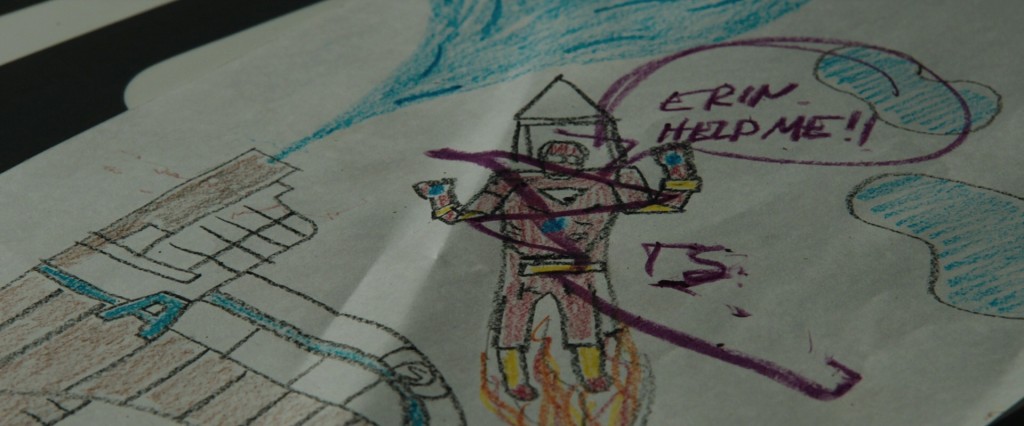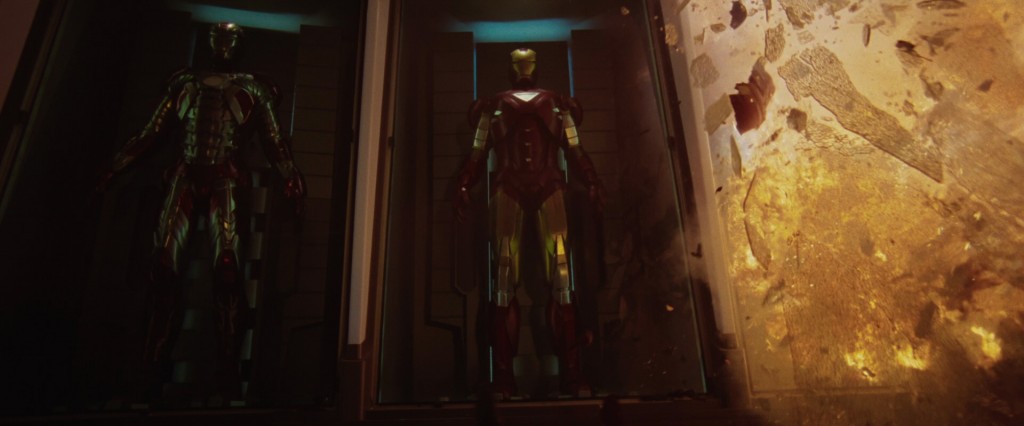The summer of 2012 could easily have been the peak of the superhero movie boom that’s dominated American cinemas for the better part of a decade. Not only was Christopher Nolan’s acclaimed Batman trilogy coming to an end with The Dark Knight Rises, but Marvel’s new Cinematic Universe had reached what appeared to be its climax in The Avengers. Where do you go from here? After you’ve brought Iron Man, Thor, Captain America and the gang all together to fight a full-scale alien invasion on the streets of New York, wouldn’t any film starring just one of them feel like a letdown? The rules of Hollywood sequels dictate that each film aim to raise the stakes above that of its predecessor, but for Marvel Studios, that growth would be unsustainable. Instead, Iron Man 3 addressed that very problem while making a film that is smaller and more satisfying than The Avengers.
“Nothing’s been the same since New York,” says Tony Stark. No kidding; when the MCU launched with the first Iron Man in 2008, that film was ostensibly set in a world more or less like our own. The key difference between Tony’s world and ours was Tony himself—the Steve Jobs of blowing things up, making the world a little shiner and more holographic than the one we know. By the end of Phase One, the MCU had evolved into something much more foreign and fantastic: World War II was fought with super soldiers and ray guns, a Norse god had landed in New Mexico, and oh yeah, New York had been invaded by aliens. Tony Stark sort of belonged in our world, but does he really have a place in this one?
This is the question with which Tony quietly struggles throughout Iron Man 3. Traumatized by the events of The Avengers, Tony no longer believes that he’s strong enough to face the next big threat, whatever that may be. What kind of difference can one guy in a suit of armor make in the face of the escalating terror of the MCU? (And will anyone care to watch?) Tony falls into the same mental trap that cripples Hollywood studios when faced with creating a sequel to a enormous blockbuster, and spends all of his energy trying to become bigger and more spectacular. “More armor! More gimmicks! How many Iron Man suits does it take to equal the might of The Avengers?”
But while Tony is lost in his quest for More More More, the storytellers (filmmaker Shane Black and his co-writer Drew Pearce) understand that this is a losing strategy. While superhero actioners are fueled by spectacle and bombast, like any other story they survive on the strength of their characters. So, in the aftermath of the biggest, loudest, most expensive superhero film ever, most of the action of Iron Man 3 is centered on Tony Stark without his suit, armed only with his wits and his friendships.
Tony isn’t the only character in Iron Man 3 who’s feeling a little Avengers fatigue. “Ever since the big dude with a hammer fell out of the sky, subtlety’s kinda had its day,” says Aldritch Killian, who attempts to corner the market on the War on Terror by arming (and marketing) both the US Military and The Ten Rings. Killian, too, understands that he now lives in a comic book world, but unlike Tony, who’s coping through panic attacks, Killian has embraced it for his own profit. After Loki led an army of cyborg aliens into New York, international terrorism now stands a chance of seeming tame by comparison, so Killian gives terrorism its own supervillain in the form of The Mandarin. Designed by committee and portrayed by a stoned British thespian, The Mandarin even stars in stylish video promos calling out US President Ellis. It’s a pro wrestling feud with a death toll in the thousands.
The film’s climactic battle pits Killian’s squad of superpowered soldiers against Tony’s dozens of spare Iron Man armors (piloted simultaneously by J.A.R.V.I.S.), the actual center of the fight is between the two men themselves, with Tony bouncing between suits but spending most of the fight wearing a t-shirt and hoodie. While Tony and his pal Col. “Rhodey” Rhodes spent the finale of Iron Man 2 comparing their suit’s big guns, in Iron Man 3 they’re running around with a pair of pistols, trading buddy cop quips, and it’s far more satisfying.
And when the smoke has clears and Tony Stark has won the day (with a lot of help from Rhodey and Pepper), Tony decides he doesn’t need all the extra hardware and detonates all his remaining Iron Man suits. It’s more than just a romantic gesture for Pepper, it’s a symbol that Tony’s crisis of confidence (and perhaps, that of Marvel Studios) is over. “You can take away my house, all my tricks and toys,” says Tony in the film’s closing narration, “but one thing you can’t take away—I am Iron Man.” And with Iron Man 3, they proved it.




